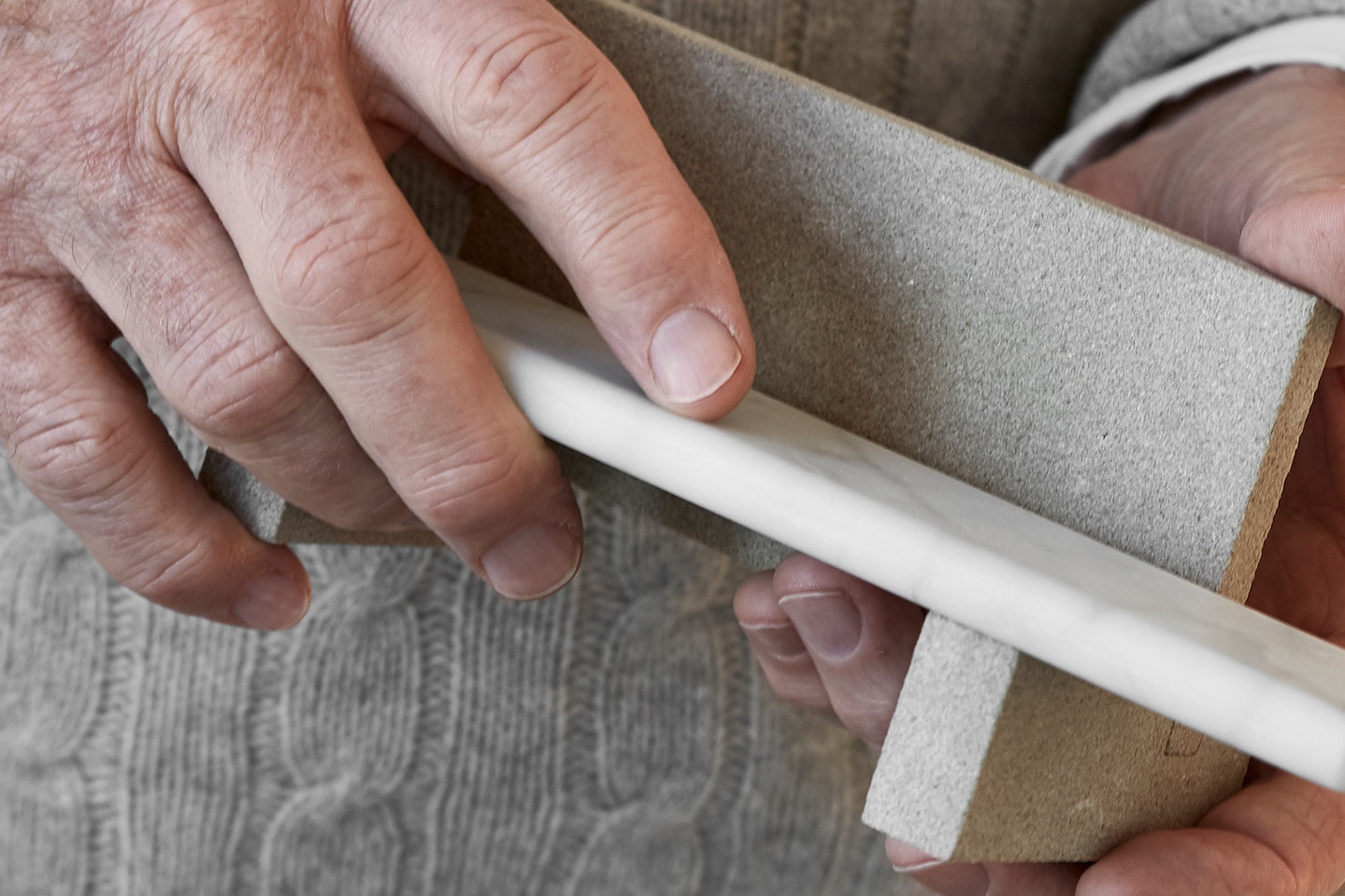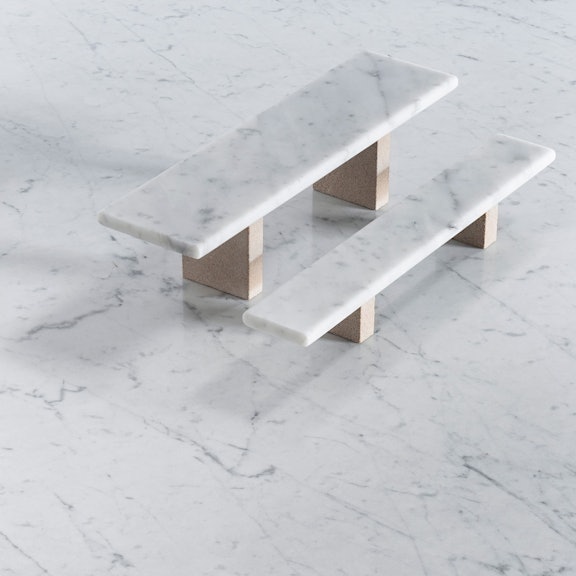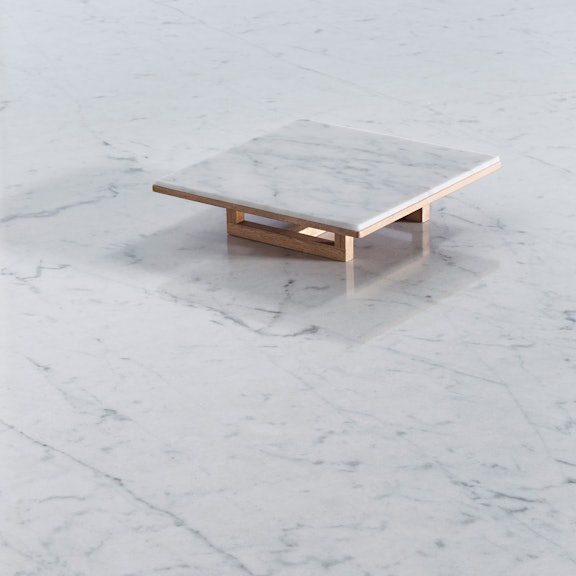Minimalism in architecture
03.2022
"I like things simple, I don’t like stuff"
John Pawson is among the most famous practitioners of minimalism in architecture. Having come to the discipline relatively late, like Le Corbusier, Mies van der Rohe and Tadao Ando, he never qualified as an architect. Yet, with his recently completed new home for the London Design Museum, Pawson has confirmed his position as one of the pre-eminent architectural designers working in Britain today.
From his big break, designing Calvin Klein’s flagship store in New York, to the Cistercian monastery of Nový Dvůr in the Czech Republic, and his own house in Notting Hill, Pawson has practiced a form of minimalism that eschews clutter and ornament while suggesting a sense of calm, warmth and, often, spirituality – as is the case with the ‘House of Stone’, Pawson’s collaboration with Salvatori where he used the innovative recycled stone surface, Lithoverde®.
Here, Salvatori caught up with Pawson to discuss minimalism, his career and the importance of sustainability in architecture.
How did you come to architecture?
I was told at school that I couldn’t become an architect because I wasn’t good at maths. My father wanted me to join his company, which produced textiles for the fashion industry, and for a few years I was there, but it didn’t work out. I escaped to Japan and eventually met [influential designer] Shiro Kuramata, who got fed up with me hanging round his studio and told me to go and study.
I’d never thought about going to school and went to the Architectural Association, but by then I was 30 and I couldn’t cope with student life. I just wanted to get on with it. So I left, started working on one small job and built things from there. I never thought about having an office or a career. It was a hobby at first, but then the more you do, the more ambitious you get.
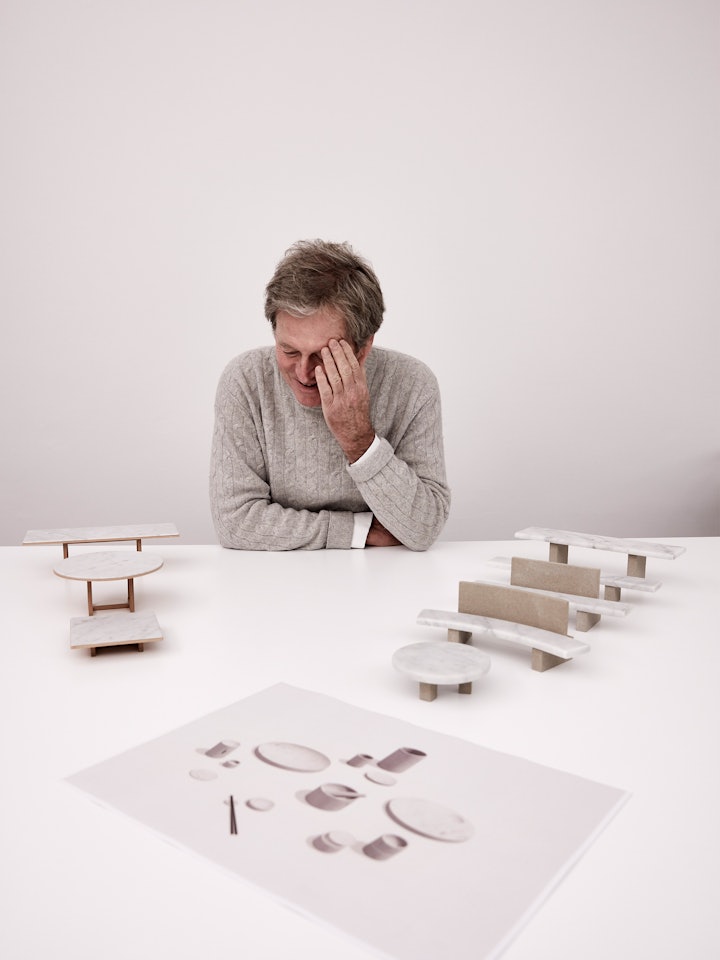
How did your interest in minimalism develop?
It has always been part of my makeup. I’m happiest in the treeless landscapes of the Yorkshire Moors, or the stripped-down industrial 19th century architecture of Halifax, where I grew up, and my parents were from Methodist backgrounds – their parents would go to plain chapels, where often there was no musical accompaniment. That was all in the background for me, the architecture came a lot later.
I’m not shy about using the term ‘minimalism’, but I do feel it is a dangerously broad description. I like things simple, I don’t like stuff.
Is there a project that you have worked on that is particularly important to you?
They are all important, though I do still enjoy thinking about the ballet sets we did for [celebrated choreographer] Wayne McGregor in 2006, even if they only exist in photographs and film until it is preformed again. And I guess few people get to do a whole monastic city, like we did in the Czech Republic.
But the Design Museum is important because it’s a building that anyone can visit. It’s the first public building I’ve done – I’m not used to having so many people say so many conflicting things. If a client has comments you can try to work with them, but the museum had a million people visit within a year, and about a million different views.
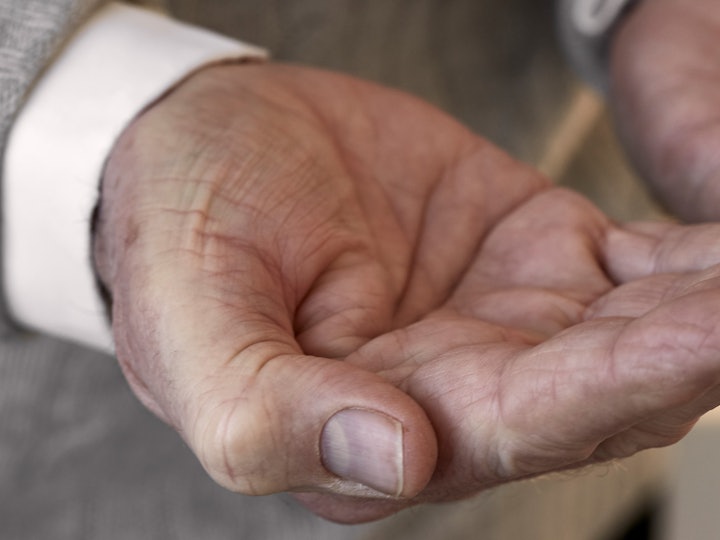
What was the idea behind your project with Salvatori?
I wanted to do something that people could experience physically. I can’t open up the houses that I have worked on for clients, so I wanted to design something that people can walk in and have a visceral reaction to. The idea was to use everything I think about when I am designing – proportion, surface, junctions, the play of light and shadow – in an exaggerated way. All of my work comes from a deeply held set of thoughts and ideas, I just express them, and it was the same here, even if it did involve particularly difficult engineering and construction techniques. We opened up the ridge line of the roof and the corners, which is normally what you rely on to bear the stress and tensions of the building. It’s not a model for house building in general!
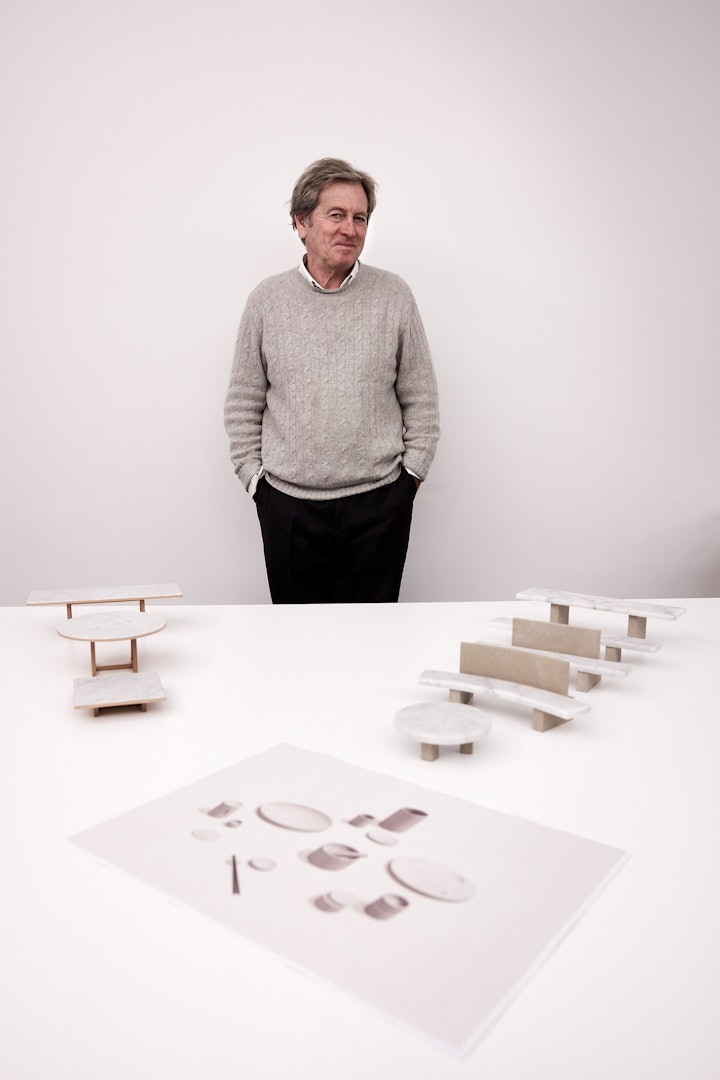
What was the significance of working with Lithoverde®?
It’s great for me as it fulfills the environmental responsibility architects have, in using the scraps of stone that would usually be thrown away, but it is also aesthetically very pleasing. It has a real physicality – it is a sensual surface, it asks you to touch it – and I was drawn to the pattern of interlocking, different sized tiles. The sustainability of a building is one of the most important considerations for architects today, and has already had a huge effect on the way I work. Something like Lithoverde® allows you to not compromise in that process.
